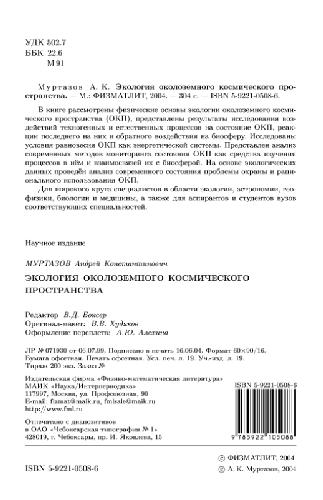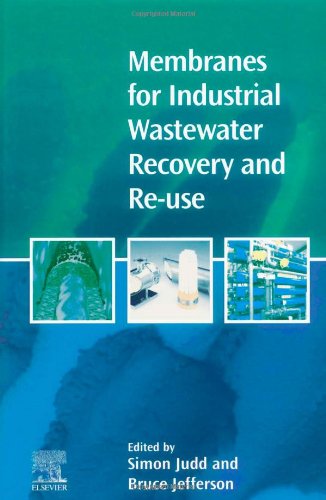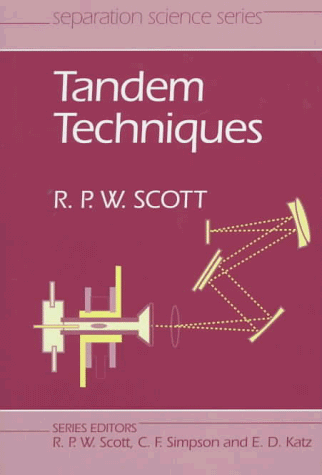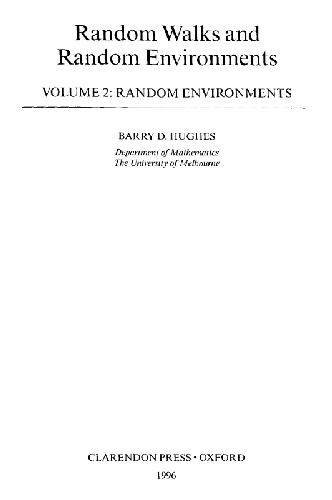Robert Noyes081551381X, 9780815513810, 9780815518457
Table of contents :
Nuclear Waste Cleanup Technology and Opportunities……Page 4
Copyright Page……Page 5
Preface……Page 8
Contents……Page 10
1.1 Overview……Page 20
1.2 Funding……Page 27
1.3 Regulatory Considerations……Page 28
1.4 Department of Energy Organization……Page 32
1.5 How to get Involved: Working with the DOE Office of Environmental Restoration and Waste Management……Page 33
2.1 High–Level Waste and Spent Nuclear Fuel……Page 38
2.2 Transuranic Waste……Page 41
2.3 Low–Level Waste……Page 42
2.4 Mixed Waste……Page 44
3.2 California……Page 46
3.3 Colorado……Page 48
3.6 Idaho……Page 49
3.8 Iowa……Page 52
3.11 Missouri……Page 53
3.13 Nevada……Page 54
3.15 New Mexico……Page 56
3.16 New York……Page 58
3.17 Ohio……Page 59
3.18 South Carolina……Page 62
3.19 Tennessee……Page 64
3.20 Texas……Page 66
3.21 Washington……Page 67
3.23 FUSRAP Sites……Page 69
3.24 Operational Nuclear Weapons Complex……Page 71
4.1 Other Federal Agency Sites……Page 72
4.2 NRC/Agreement State Sites……Page 82
4.3 State Sites……Page 85
5.1 Interim Storage of DOE Wastes……Page 88
5.3 Interim Storage of Spent Fuel……Page 91
5.4 Disposal of Spent Nuclear Fuel and DOE High–Level Wastes……Page 95
5.5 Storage and Disposal of Transuranic (TRRU) Defense Waste……Page 101
5.6 Storage and Disposal of Low–Level Wastes……Page 102
5.7 Ocean Disposal……Page 110
5.9 Disposal of Naturally Occurring (NORM) and Accelerator–Produced Radioactive Materials (NARM)……Page 112
5.10 Plutonium……Page 113
5.12 Uranium Blend Down……Page 118
5.13 Mixed Wastes……Page 119
CHAPTER 6. SOILS AND SEDIMENTS……Page 121
6.1 Mechanical Separation Techniques……Page 128
6.2 Soil Washing……Page 137
6.3 Chemical Extraction……Page 140
6.4 Covers and Liners……Page 147
6.5 Ex Situ Vitrification……Page 149
6.6 In Situ Technologies Overview……Page 151
6.7 Permeable Barriers……Page 161
6.8 Chemical, Liquid and Reactive Barriers……Page 164
6.9 Grouting……Page 168
6.10 Soil Freezing……Page 173
6.11 Electrokinetics……Page 174
6.12 Hydraulic Cage……Page 175
6.13 In Situ Chemical Treatment……Page 176
6.14 Biological Approaches……Page 177
6.15 In Situ Vitrification……Page 179
6.16 Impoundments……Page 182
6.17 Landfill Stabilization……Page 183
CHAPTER 7. THERMAL PROCESSES……Page 184
7.1 Incineration……Page 185
7.2 Molten Metaal/Salt Processes……Page 188
7.5 Supercritical Water Oxidation (SCWO)……Page 190
7.6 Catalyzed Electrochemical Plutonium Oxide Dissolution (CEOOD) Process……Page 191
7.9 Evaporators and Evaporative Crystallizers……Page 192
8.1 Groundwater Extraction……Page 194
8.2 Aqueous–Based Separation Processes……Page 198
8.3 Ion Exchange……Page 200
8.4 Solvent Extraction……Page 203
8.5 Precipitation and Co–Precipitation……Page 204
8.6 Filtration/Membranes……Page 205
8.7 Polymer Extraction Systems……Page 208
8.8 Freeze Crystallization……Page 210
8.9 Microbial Processes……Page 211
8.10 Tritium Removal……Page 214
8.11 Treatment Trains……Page 215
8.12 Low–Level Waste Tanks……Page 216
CHAPTER 9. DECONTAMINATION, DECOMMISSIONING, AND RECYCLING……Page 220
9.1 Technologies Under Development by DOE……Page 223
9.2 Technologies……Page 225
9.3 Concrete……Page 235
9.4 Transite……Page 238
9.5 Metals……Page 239
9.6 Inorganic Debris Treatment……Page 241
9.7 Treatment of Trash……Page 242
CHAPTER 10. BURIED WASTE……Page 245
10.1 Retrieval……Page 248
10.2 Ex Situ Techniques……Page 251
10.3 In Situ Techniques……Page 254
10.4 Disposal and/or Interim Storage……Page 259
CHAPTER 11. IMMOBILIZATION……Page 260
11.1 Cement Solidification……Page 262
11.2 Bitumen Solidification……Page 267
11.3 Polymer Encapsulation……Page 268
11.4 Sulfur Cement Encapsulation……Page 270
11.6 Vitrification……Page 271
11.7 Ceramic Forms……Page 287
11.9 Calcination……Page 290
11.10 High–Energy Containers (HIC)……Page 291
11.11 Mixed Waste……Page 292
CHAPTER 12. MILL TAILINGS……Page 294
12.1 History……Page 295
12.2 Active Mills……Page 297
12.3 In Situ Leach Mining……Page 298
12.4 Reclamation……Page 301
12.5 Pile Location and Configuration……Page 302
12.6 Radon Barriers……Page 308
12.7 Groundwater Contamination Prevention……Page 310
12.8 Groundwater Restoration……Page 312
12.9 Innovative Treatment Processes……Page 317
CHAPTER 13. HIGH–LEVEL WASTE TREATMENT……Page 319
13.1 Hanford High–Level Waste……Page 320
13.2 Savannah River High–Level Waste……Page 330
13.3 Idaho High–Level Waste……Page 331
13.4 Tank Safety……Page 332
13.5 Retrieval……Page 336
13.6 Separations……Page 345
13.7 Nitrate Destruction/Removal……Page 366
13.8 Sludge Processing……Page 371
13.9 Transmutation……Page 375
13.10 In Situ Vitrification……Page 380
CHAPTER 14. MIXED WASTE TREATMENT……Page 382
14.1 Incineration……Page 383
14.2 Plasma Hearth Process……Page 385
14.4 Vitrify–To–Dispose……Page 386
14.5 Studies on Waste Streams Containing Difficult to Vitrify Components……Page 387
14.6 Waste Stream Pretreatment for Mercury Removal……Page 388
14.7 Microwave Solidification……Page 389
14.9 Biocatalytic Destruction of Nitrate and Nitrite……Page 390
14.10 Freeze Crystallization……Page 391
14.11 Supercritical Carbon Dioxide Extraction……Page 392
14.12 Polymer Encapsulation……Page 393
14.14 Catalytic Chemical Oxidation……Page 394
14.15 Hydrothermal Oxidation……Page 395
14.16 Wet Oxidation……Page 396
14.19 Electron Beam Technology……Page 397
14.20 Catalytic Extraction Process……Page 398
CHAPTER 15. LOW–LEVEL WASTE TREATMENT……Page 399
15.1 Volume Reduction Technologies……Page 400
15.2 Chemical Treatment/Conditioning Technologies……Page 402
Alternative Cases (Evaluated the Effect of)……Page 405
Key Questions……Page 406
Estimating Costs in the Face of Large Uncertainties……Page 407
Key Waste Management Assumptions……Page 408
Results……Page 409
Alternative Cases……Page 410
APPENDIX II: DEPARTMENT OF ENERGY ADDRESSES AND TELEPHONE NUMBERS……Page 419
APPENDIX III: FOREIGN NUCLEAR WASTE MANAGEMENT ORGANIZATIONS AND ACTIVITIES……Page 423
APPENDIX IV: ACRONYMS……Page 451
BIBLIOGRAPHY……Page 457
INDEX……Page 466







Reviews
There are no reviews yet.